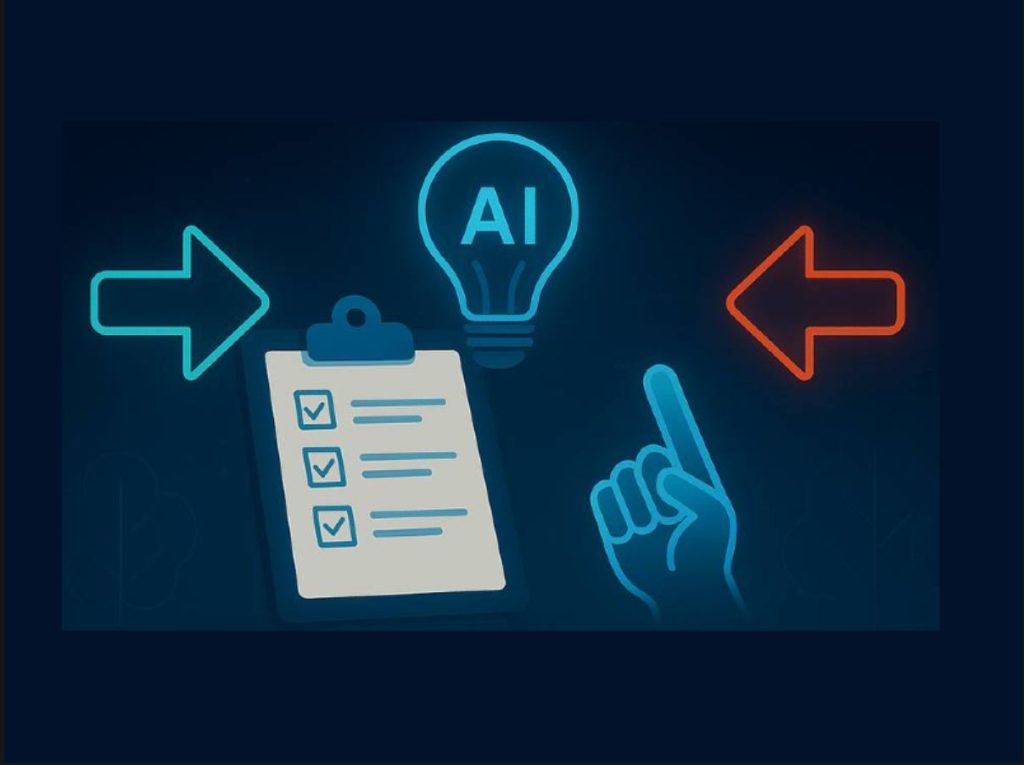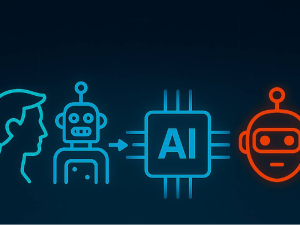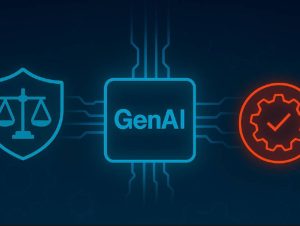LangChain and LlamaIndex are two of the most well-known and used open-source frameworks that aim to make life easier for AI developers.
They both provide a very useful and welcome level of abstraction in interacting with LMMs (Large MultiModal Models). They provide functionality and integrations with other products, solutions, and utilities of the AI ecosystem, that takes away a lot of the low-level programming effort. This can range from chunking and embedding to multi-query RAG retrieval, integrations with vector databases, tool deployment and agentic capabilities.
The speed of development and capabilities on offer to the AI development community is really commendable, especially given that the LMM scene is not more than 3-4 years old. It is even more impressive that both frameworks are open source and free to use!.
If you were to also add the Transformers library into the mix, which for our team proved to be very useful in simplifying the fine-tuning of LLMs locally through QLoRA, one is spoilt for choice.
Given this choice, which one is better and which one should you choose? To help answer this question, we allocated some of the internship effort that we had available this summer in executing a (mainly qualitative) research on the two main candidates: LangChain and LlamaIndex1.
Drawing from our own experience in using both frameworks, as well as sourcing online opinions from YouTube to Stackoverflow, we scored each framework along the following dimensions:
- Usability: How useful they are and how to what degree they help achieve what you need.
- API Completeness: How much functionality they are able to provide and how well they provide it.
- Complexity: How complex they are, making deployment more difficult.
- Quality of documentation: How good is the documentation in helping a developer along.
The scores ranged from 1 to 5, with 5 being ‘best’.
What we found was more or less aligned with our own impressions from using both tools.
Overall, it would appear that LangChain is a more generic framework that has a wider functional coverage than LlamaIndex. It provides more services for AI developers to use, helping to not only expedite deployment through LangSmith; but also to more easily deploy agents through LangGraph.

Where LlamaIndex stands on its own and appears to be better than LangChain is in RAG. The framework seems to be focused on this and it shows through a more extensive set of capabilities and functionality. Even its recently introduced agentic capabilities seem to be focused on improving RAG.
Along the specific dimensions that we measured them, it should come as no surprise that LangChain was deemed to provide higher ‘Usability’ and ‘API completeness’ overall. This is probably reflecting the wider functional coverage provided by LangChain, that allows AI developers to do more and to do it faster, by bringing a variety of open-source services and solutions together through the more extensive set of integrations and support of 3rd party libraries.
LlamaIndex wins in the ‘Complexity’ dimension. It is seen as a more easy to adopt and deploy framework, probably reflecting its focus in RAG.
Where both frameworks seem to be scoring badly, is in the ‘Quality of Documentation’ dimension. Both our qualitative research and our own experience is aligned in that the documentation for both is ‘light-weight’ with examples that are either too simplistic or too complex and not well explained in either case. It would also be the case that the examples are not well structured to give a comprehensive explanation. It seems that there is an expectation that the reader / user would refer to the source code repositories (Github for both as it happens), to get more detail on how things really work.
We have read quite a few posts outlining quite a few areas of incompleteness, where deprecated functions still appear in the documentation; or where links lead to ‘404’ documentation pages. We have experienced this ourselves to a large degree, mainly with LangChain.
Our personal experience is that the LlamaIndex documentation seems to be a little bit better and more robust, again reflecting the focus in a specific functional area and making the task of documentation easier.
However, we believe that, for both frameworks, the status quo regarding the quality of documentation is to be expected (and forgiven to a degree). This is especially the case when we consider the speed of change and development in the field as well as their open-source nature. We do expect the situation to improve as more investment is made and resources are allocated to deal with ‘tidying-up’ documentation.
With all the above in mind, which framework do we believe is better?
Well, in true consulting form, it depends. If you are looking to do RAG, or implement RAG focused agentic flows, LlamaIndex is most likely what you should be adopting.
If, on the other hand, you are looking to integrate many third party solutions and perhaps want an agentic framework that is more mature, then LangChain and LangGraph is what you should be aiming for.
In either case, be prepared to find how things work out through trial and error or forae and internet search.
Would love to hear of your experiences and views on these frameworks. Which one do you prefer? Which one have you adopted and why? Please do get in touch!





